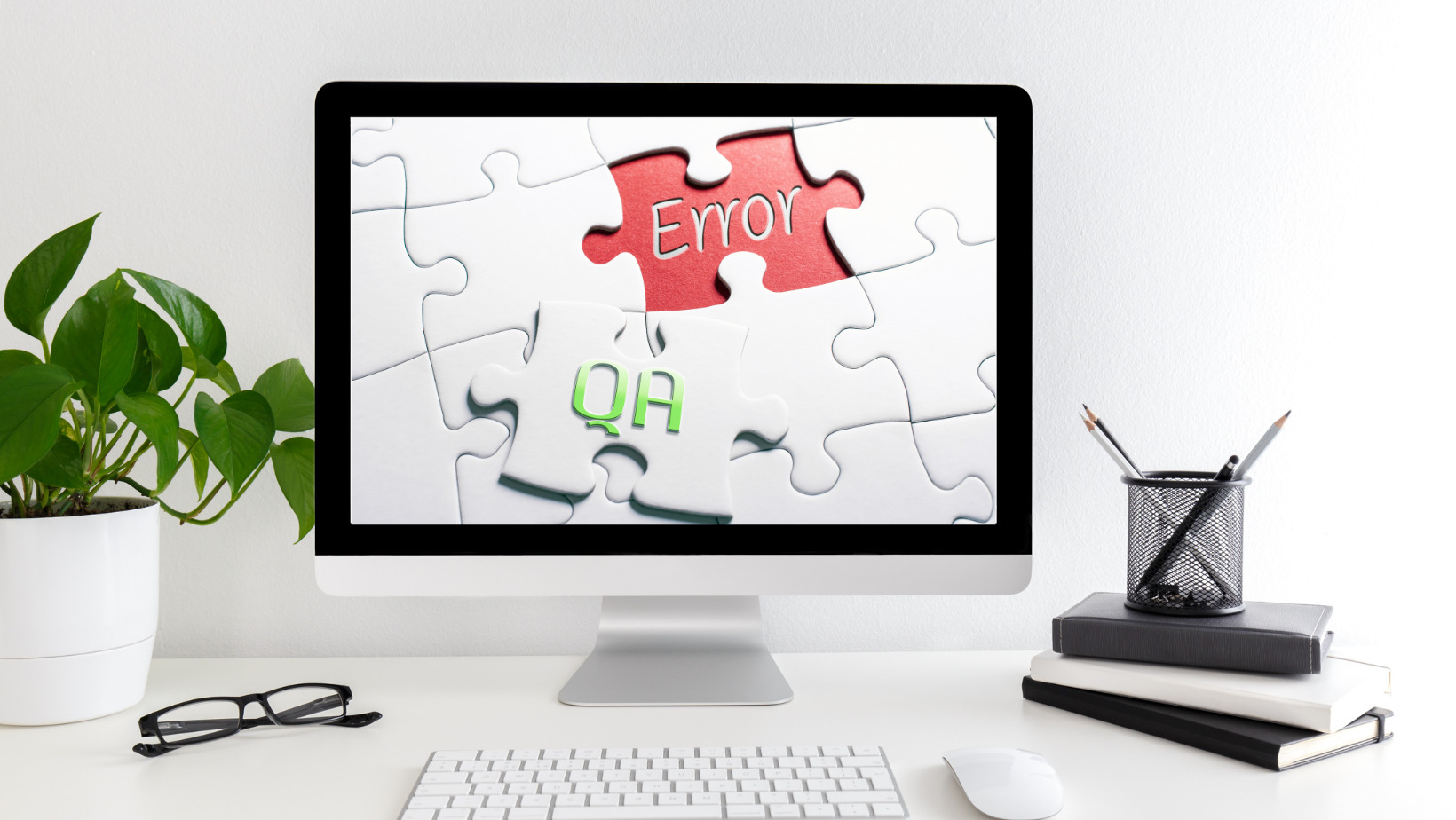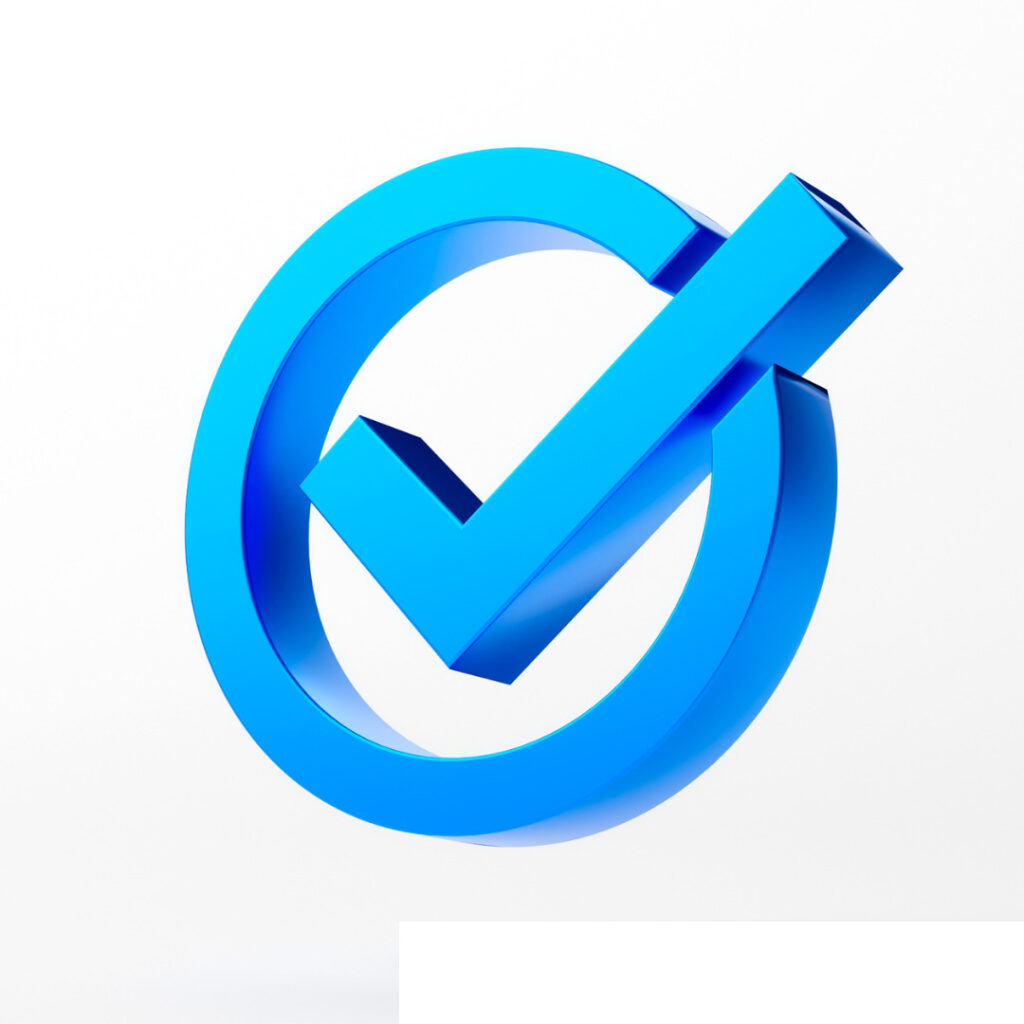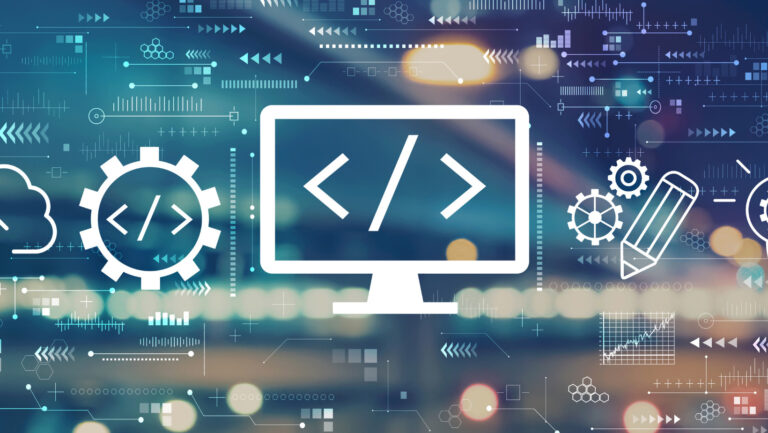A Look at the Basic Aspects of Desktop Application Testing
There are three main directions in testing: mobile, web, and desktop. The main principles of testing are applied in all directions, however, certain regularities and differences arise, and other project factors are taken into account, such as– the industry (e-commerce, finance, gaming, healthcare, logistics, ad tech/ads ware, ERP software, e-government, security, and others) the policies […]
QA/Testing

There are three main directions in testing: mobile, web, and desktop.
The main principles of testing are applied in all directions, however, certain regularities and differences arise, and other project factors are taken into account, such as–
- the industry (e-commerce, finance, gaming, healthcare, logistics, ad tech/ads ware, ERP software, e-government, security, and others)
- the policies and rules of work at Swan, where the application is developed
- the needs of potential users
A desktop application is software that can be installed on a user’s computer. For its operation, it is necessary to have sufficient computer hardware resources, the program itself, and a set of functions for working with it. All programs that are installed on computers are desktop applications (text editors, media players, calculation programs, etc.).
Features of desktop applications:

- Do not need an Internet connection to work.
- Are placed on the user’s computer.
- Depend on operating systems (Windows, Linux, MacOS) and require installation on each user’s computer.
- Have a higher speed.
- Interact with the user using a standard interface.
This type of application is more vulnerable because it gives access to the application’s system files.
Let’s consider the most common defects of desktop applications:
- Wrong shortcut icon.
- Installation of additional services to which the user did not give consent.
- Some app processes may run in the background even after you uninstall it.
- Problems related to the features of certain operating systems.
- Incorrect warning messages.
- Memory problems that can cause slow performance, program crashes, or other effects.
- Unauthorized access to restricted applications by third-party users.
Consider such popular types of testing for desktop applications as:
- Installation testing, update testing, uninstall testing.
- Installation testing checks whether the system is installed correctly and whether it works correctly on the hardware of a particular client.
- When testing the installation, you should consider if the program runs after installation and the program’s default file system location.
After updating the application, you should check:
- Whether user data has been corrupted.
- Are all files previously created by the user still available.
- One of the popular types of testing for desktop applications is uninstall testing. After uninstalling the application, make sure that: files deleted, the desktop shortcut has disappeared, and the entry from Start > All Programs (Windows) has been removed.

So, we’ve considered the main and most popular types of desktop application testing and the main aspects that need to be focused on when working with them.
In case of incorrect operation of the installers, there may be a risk of inoperability or incorrect operation of the program, possible loss of user data, as well as failure of the operating system.
If the update does not work correctly, the user cannot use the updated version of the favorite application, therefore it is important to implement the specified tips and take into account the listed aspects to improve the testing of desktop applications.
Swan Software Solutions prides itself on delivering high-quality custom software and providing quality assurance services for our clients. To find out more how our team could help your team with technology services, schedule a free assessment today.




